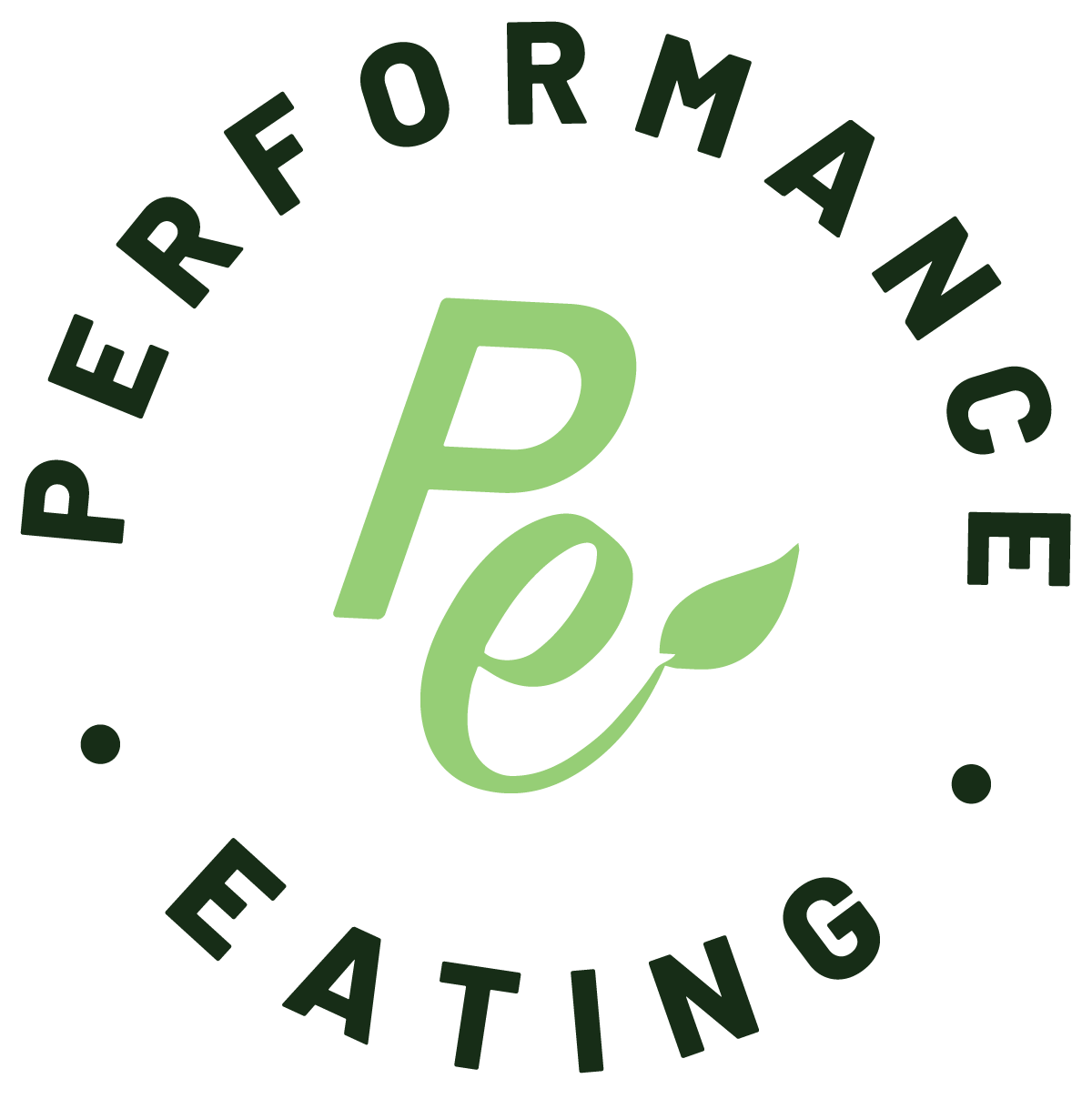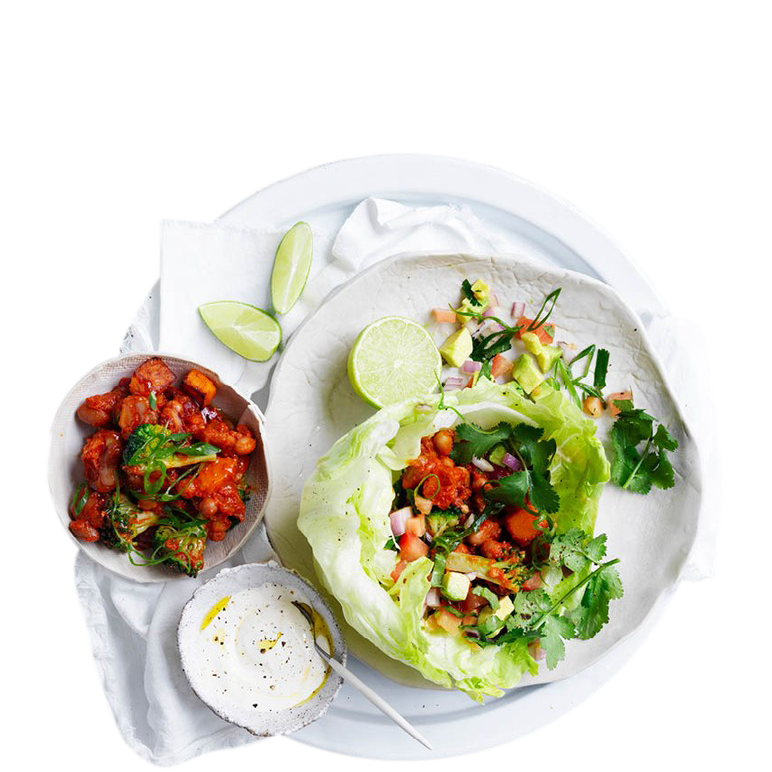
Wholesome foods delivered
We create, cook and transform what is provided by nature and deliver the result in a convenient way to help fuel your life in whatever you do.


Goal based meal plans
Delicious homemade meals delivered to your door three times per week. All precisely selected in plans designed to meet your fitness goals, yet fully customisable to your own taste.
+ On-going meal plan that can be canceled at anytime
+ Customise 4 weeks worth of meals in your account post checkout!
+ Cheaper than buying one-off!

Enjoy Healthy Eating

Why people love our meals
“Performance eating takes my vote for one of the best meal prep companies I’ve tried! Their meals are not only insanely delicious and filling, you can taste the quality of ingredients they use, especially the meat. The ingredients are really healthy and mainly organic which gave me a lot of trust in their product; it shows the level of care they put into health! My partner and I both agreed the meals are “restaurant quality”. Also the delivery man was very friendly :)”
— Ashley Anna Carbyn









